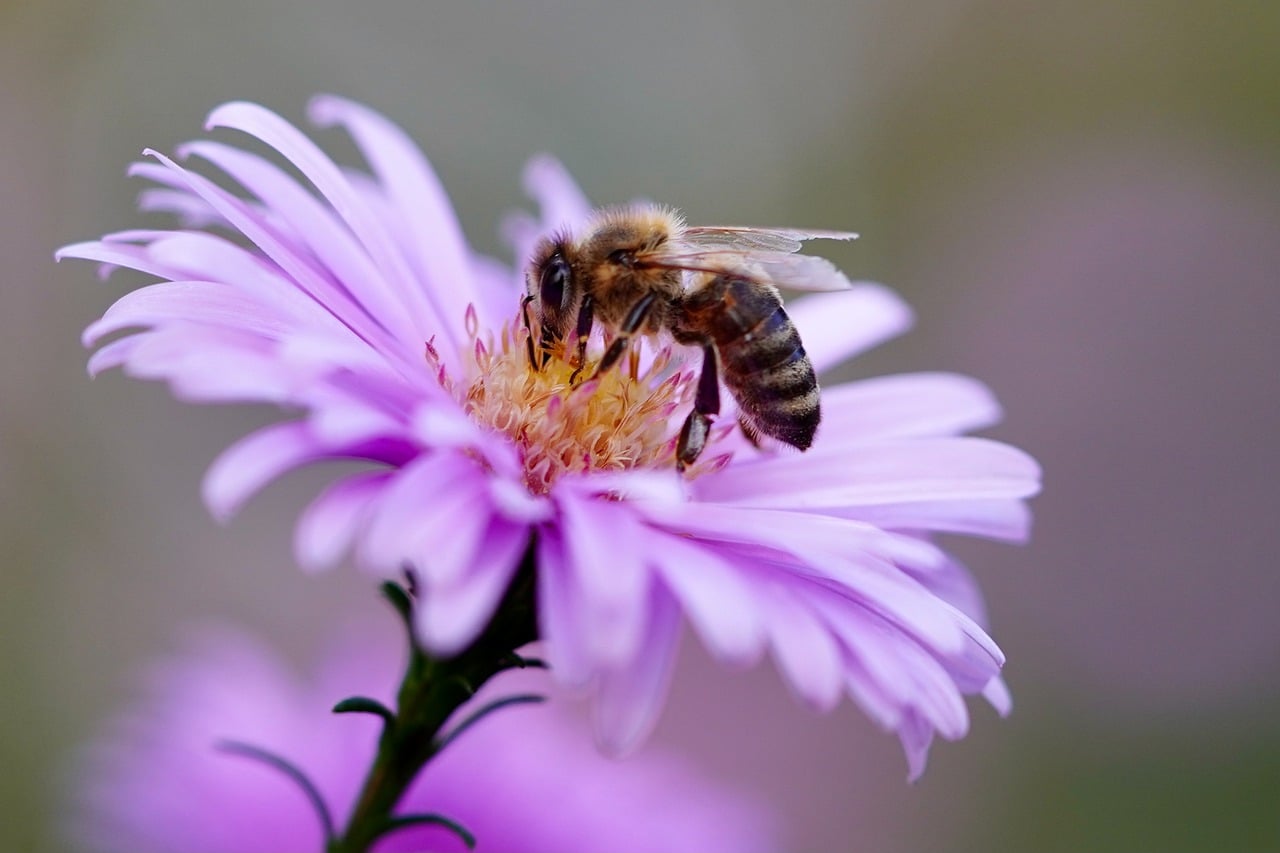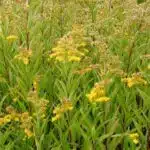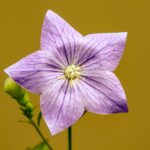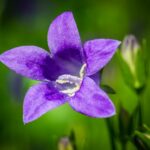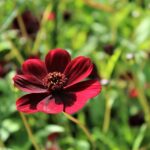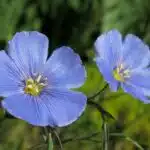Aster flowers, also known as Michaelmas daisies, are one of the most popular garden flowers in the world. With their star-shaped petals and vibrant colors, these delicate blooms have captured the hearts of gardeners and flower enthusiasts for centuries. But did you know that aster flowers also hold a deep symbolic meaning and possess a variety of properties that make them useful in various contexts? In this article, we will explore the fascinating world of the aster flower, delving into its history, meaning, properties, and uses.
The History and Meaning of the Aster Flower
The word “aster” comes from the Greek word for “star,” which is fitting given the flower’s star-like shape. The aster flower has been around for thousands of years and has a rich history in many cultures. In ancient Greek mythology, it was said that the aster was created when the Greek god of the sky, Zeus, threw a lightning bolt to the ground, causing the flower to bloom. In China, the aster is considered a symbol of love and is often given as a gift to express one’s feelings.
In the language of flowers, the aster has a variety of meanings depending on its color. Some of the most common meanings include:
- Pink asters: love, sensitivity, and femininity
- White asters: purity, innocence, and new beginnings
- Purple asters: wisdom, royalty, and spirituality
- Red asters: passion, desire, and energy
- Yellow asters: friendship, joy, and happiness
Overall, the aster flower is associated with love, charm, and delicate beauty, making it a popular choice for wedding bouquets, romantic gifts, and other special occasions.
The Properties of the Aster Flower
Beyond their symbolic meaning, aster flowers also possess a variety of properties that make them useful in various contexts. Here are some of the most notable properties of the aster flower:
Medicinal Properties
In traditional medicine, the aster flower has been used to treat a variety of ailments, including respiratory infections, headaches, and inflammation. It is said to have anti-inflammatory, antibacterial, and antifungal properties, making it a useful natural remedy for a variety of health issues.
Culinary Properties
While not commonly used in cooking today, aster flowers have been used in the past to flavor teas and other beverages. They have a slightly sweet, nutty flavor and can add a unique touch to a variety of dishes.
Decorative Properties
Of course, one of the most well-known properties of the aster flower is its decorative value. With their bright colors and delicate petals, aster flowers are a popular choice for bouquets, centerpieces, and other decorative arrangements.
The Uses of the Aster Flower
Given the aster’s many properties, it’s no surprise that it has a variety of uses in different contexts. Here are just a few examples:
Gardening
Aster flowers are a popular choice for gardeners looking to add a pop of color to their outdoor spaces. They come in a variety of colors and can be grown in many different types of soil, making them a versatile and easy-to-care-for choice for home gardeners.
Wedding Bouquets
With their delicate beauty and association with love and romance, aster flowers are a popular choice for wedding bouquets and other floral arrangements for special occasions.
Traditional Medicine
The aster flower has been used in traditional medicine for centuries, with its many properties and benefits making it a popular natural remedy for a variety of ailments. Here are some of the ways in which the aster flower has been used in traditional medicine:
Respiratory Infections
The aster flower has been used to treat respiratory infections, such as bronchitis, asthma, and the common cold. Its antibacterial and anti-inflammatory properties make it effective at reducing inflammation and clearing congestion in the lungs.
Headaches
Aster flowers have also been used to treat headaches, particularly those caused by tension and stress. Its relaxing properties help to ease muscle tension and promote a sense of calm and relaxation.
Inflammation
Aster flowers have been used to treat a variety of inflammatory conditions, such as arthritis, tendonitis, and other types of pain and swelling. Its anti-inflammatory properties help to reduce swelling and alleviate pain.
Digestive Issues
In traditional medicine, aster flowers have been used to treat digestive issues, such as indigestion, diarrhea, and constipation. Its antibacterial properties help to reduce inflammation and promote healthy digestion.
Skin Conditions
Aster flowers have also been used to treat a variety of skin conditions, such as eczema, psoriasis, and acne. Its antibacterial and anti-inflammatory properties help to soothe and heal the skin, reducing inflammation and promoting healthy skin function.
Menstrual Issues
In traditional medicine, aster flowers have been used to treat menstrual issues, such as cramps and irregular periods. Its relaxing properties help to ease muscle tension and promote a sense of calm, reducing the severity of menstrual cramps and other symptoms.
While there is not a lot of scientific research to support the use of aster flowers in modern medicine, many practitioners of alternative and natural medicine continue to use this plant as a natural remedy for a variety of health issues. If you’re interested in using aster flowers as a natural remedy, be sure to talk to your healthcare provider first to ensure that it is safe and appropriate for your individual needs.
Aromatherapy
Aster flowers are also used in aromatherapy, with their essential oils being extracted and used in diffusers, candles, and other scented products. The aroma of aster flowers is said to promote relaxation, reduce stress, and improve overall mood.
Art and Design
Finally, aster flowers are a popular motif in art and design, with their delicate shape and vibrant colors making them a beautiful subject for paintings, illustrations, and other creative projects.
How to Care for Aster Flowers
If you decide to add aster flowers to your garden or home, it’s important to know how to care for them properly. Here are some tips:
Planting
When planting aster flowers, choose a location that receives full sunlight and has well-draining soil. Plant them in the spring, after the last frost has passed, and water them regularly throughout the growing season.
Pruning
To encourage bushier growth and prevent the plants from becoming leggy, pinch back the tips of the stems when the plants are about 6 inches tall.
Pest Control
Aster flowers are susceptible to a variety of pests and diseases, including aphids, spider mites, and powdery mildew. To prevent these issues, keep the plants well-watered and remove any dead or diseased foliage as soon as you notice it.
Harvesting
If you plan to use aster flowers for medicinal or culinary purposes, it’s important to harvest them at the right time. The best time to harvest aster flowers is in the morning, after the dew has dried but before the heat of the day has set in.
Conclusion
In conclusion, the aster flower is a beautiful and fascinating plant with a rich history, deep symbolic meaning, and a variety of properties and uses. Whether you’re a gardener, a flower enthusiast, or someone interested in natural remedies and aromatherapy, there’s a lot to appreciate about this delicate bloom. By understanding the properties and uses of the aster flower, you can better appreciate its beauty and harness its power to enhance your life and the world around you.

